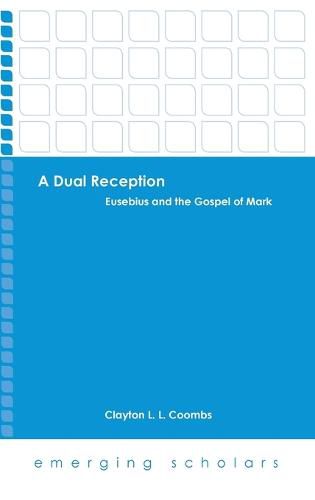Readings Newsletter
Become a Readings Member to make your shopping experience even easier.
Sign in or sign up for free!
You’re not far away from qualifying for FREE standard shipping within Australia
You’ve qualified for FREE standard shipping within Australia
The cart is loading…






The ending of Mark’s Gospel is one of the great unsolved mysteries. However, interest in the Markan conclusion is not a modern phenomenon alone. Comments about the different attested endings date back to Eusebius’ Ad Marinum in the fourth century. Responding to the apparent discrepancy between the timing of the resurrection in Matthew and Mark, Eusebius notes one may solve the difficulty in one of two ways: either ignore the passage on the basis of the manuscript evidence or harmonize the two passages. Unfortunately, Eusebius’ comments are all too often viewed through the lens of the modern text-critical endeavor, and for that reason, his intent has largely been missed. This volume argues that Eusebius’ double solution can be read as recognizing the authority of both the Longer and the Abrupt conclusions to Mark’s Gospel. The solution represents his ecumenical synthesis of those authors who preceded him, the faithful and pious from whom the Scriptures have been received. Only with this understanding of the double solution may we fully appreciate Eusebius’ dual reception.
$9.00 standard shipping within Australia
FREE standard shipping within Australia for orders over $100.00
Express & International shipping calculated at checkout
The ending of Mark’s Gospel is one of the great unsolved mysteries. However, interest in the Markan conclusion is not a modern phenomenon alone. Comments about the different attested endings date back to Eusebius’ Ad Marinum in the fourth century. Responding to the apparent discrepancy between the timing of the resurrection in Matthew and Mark, Eusebius notes one may solve the difficulty in one of two ways: either ignore the passage on the basis of the manuscript evidence or harmonize the two passages. Unfortunately, Eusebius’ comments are all too often viewed through the lens of the modern text-critical endeavor, and for that reason, his intent has largely been missed. This volume argues that Eusebius’ double solution can be read as recognizing the authority of both the Longer and the Abrupt conclusions to Mark’s Gospel. The solution represents his ecumenical synthesis of those authors who preceded him, the faithful and pious from whom the Scriptures have been received. Only with this understanding of the double solution may we fully appreciate Eusebius’ dual reception.